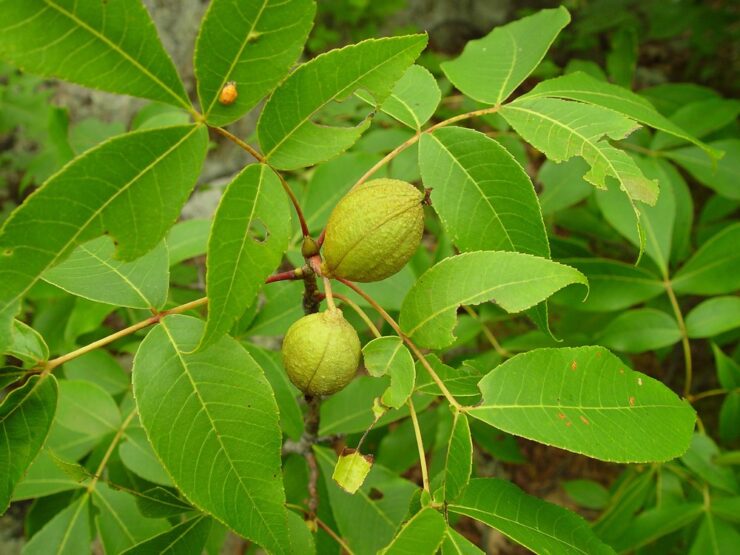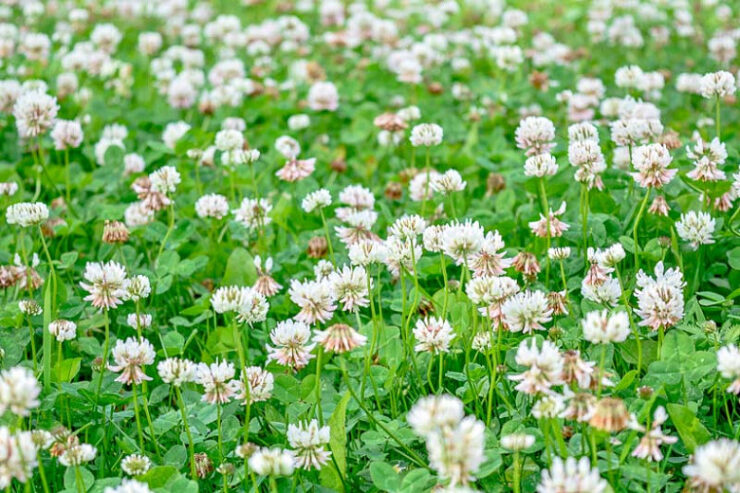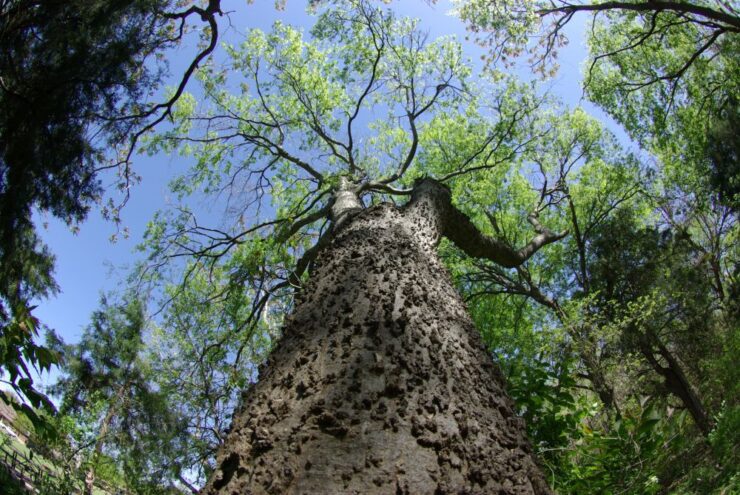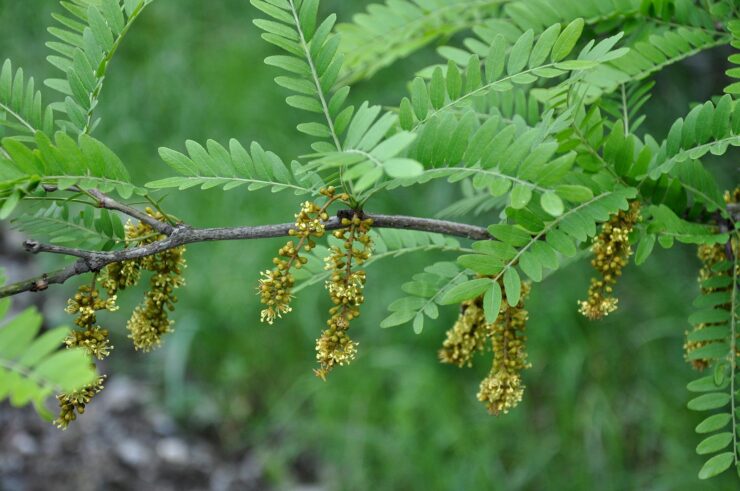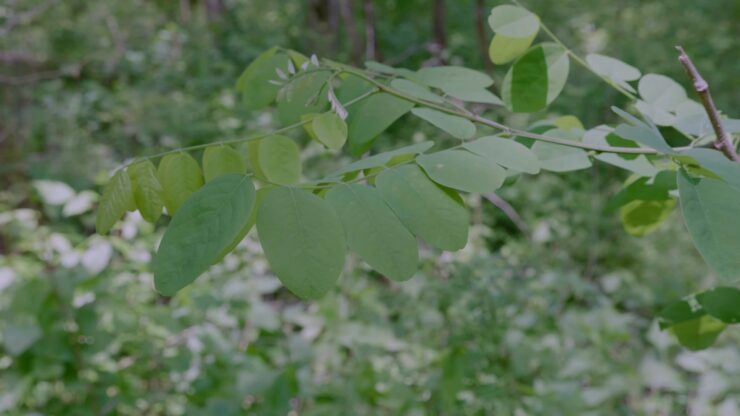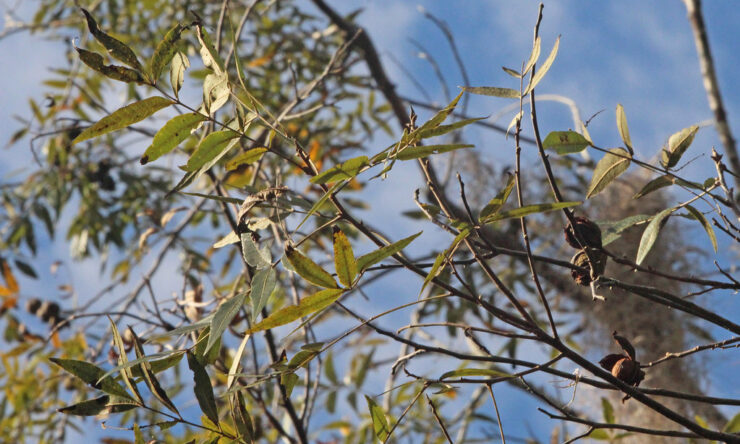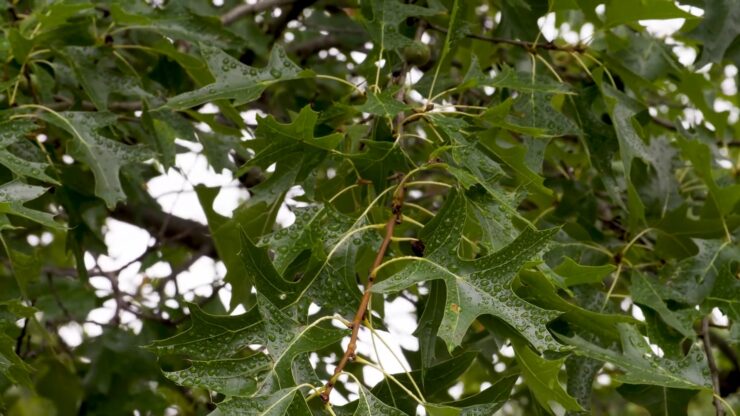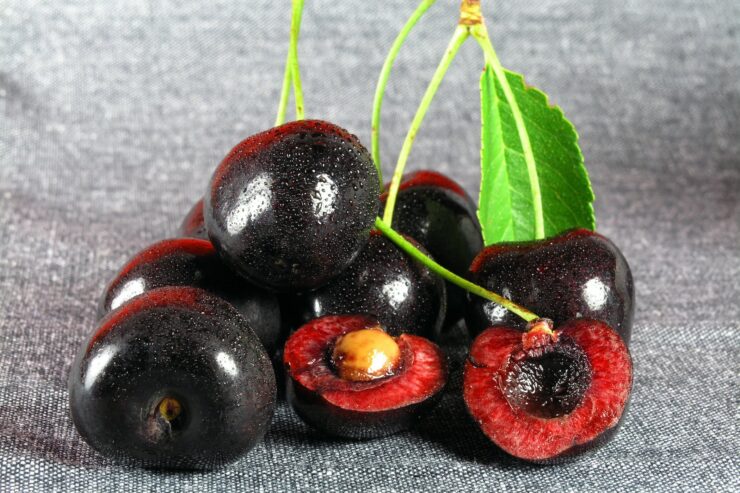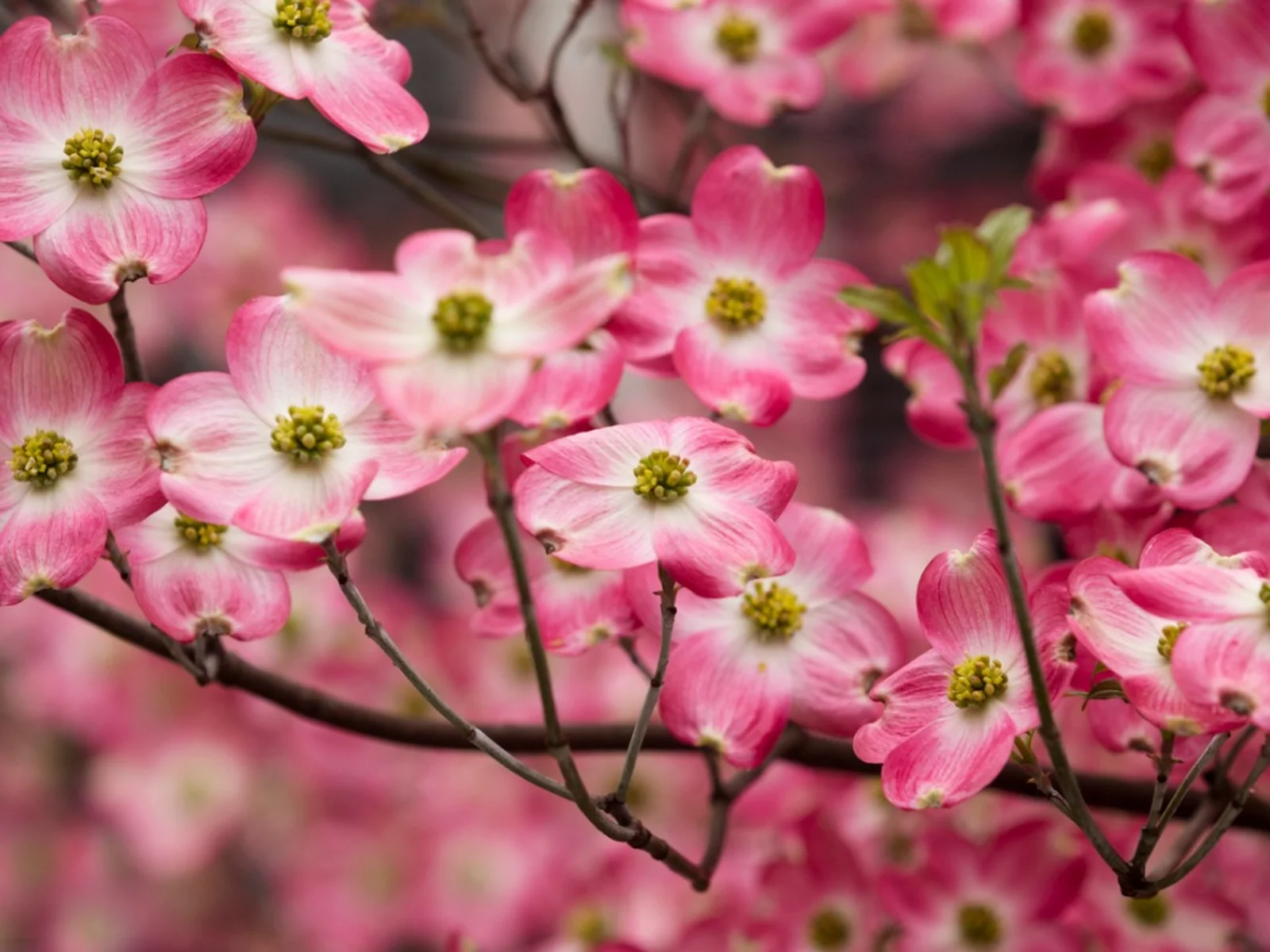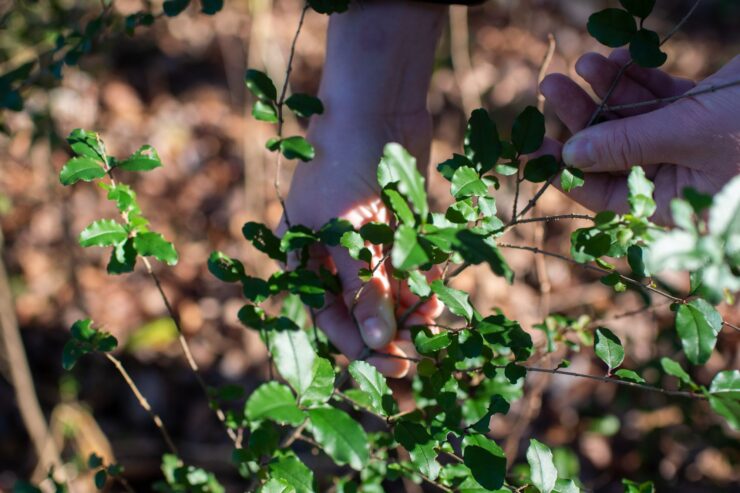Tree Features: Pignut Hickory – Carya Glabra
Pignut Hickory (Carya glabra) is a medium size tree that Pignut hickory reaches 50′ to 60′ high. Pignut hickory growing on dry ridgetops and slopes throughout. Pignut Hickory wood is heavy, hard, and strong and is mostly used for tool handles. The nuts they are an important food for squirrels and chipmunks. Pignut Hickories have … Read more

